A documentary called Pet Fooled on Netflix aims to expose the secrets and lack of transparency in the pet food industry. Marketed toward humans, but made for consumers who can’t speak (our dogs and cats), pet food companies have learned how to navigate through verbiage and loopholes. The end result is a product that’s cheap and easy for them to make, while buyers are promised that they’re giving “quality,” “healthy,” and “nutritious” food to their pets.
Insights and knowledge are shared by multiple interviewees, including Dr. Karen Becker of Mercola Healthy Pets, Dr. Barbara Royal, founder of The Royal Treatment Veterinary Center and Oprah Winfrey’s veterinarian, Susan Thixton, founder of Truthaboutpetfood.com.
Trailer for Pet Fooled:
There are a few major takeaways from this documentary that every pet parent should know. Here are 10 harsh truths about the pet food industry, exposed by Pet Fooled :
1. The vast majority of the pet industry is monopolized by 5 major companies.
Despite the fact that there are thousands of brands for different foods, toys, and products, only 5 major companies account for most of the $60+ billion industry – and that’s just in America. The overwhelming monopoly means that these companies dictate the bulk of commercial pet products, including what’s in them, how to produce them, and how to increase profits.

2. A massive and deadly recall in 2007 made consumers lose trust in the industry.
You may remember being part of the widespread panic of pet parents after contaminated wheat gluten killed thousands of cats and dogs. The culprit was melamine, a toxic chemical used in plastic and foam products that causes renal failure when consumed. Although multiple pet products and brands were affected, it was discovered that the tainted ingredient came from a single company located in China. This made consumers seriously question the health and safety of their pet’s food.
3. Our dogs’ DNA is 99.9% identical to wolves, so they require the same nutrition.
Biologically, dogs are nearly identical to wolves, with the small percentage of differing DNA accounting for all the different types of breeds that we know today. Dr. Karen Becker compares dogs’ variety of appearances to humans having different eye, skin, and hair colors, heights, builds, etc. Just because we look different, we’re all humans with the same basic nutritional needs – and the same goes for dogs, whose diets should resemble their wild cousins.
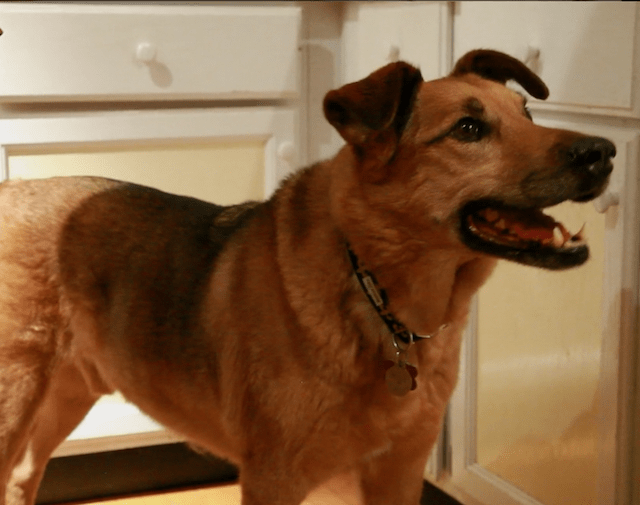
4. Every species requires a certain diet to fulfill their biological needs – and most pet foods miss the mark.
In the documentary, Dr. Becker talks about species-appropriate diets, meaning that each animal has a biological need for certain nutrients. While many wild animals will simply avoid the foods that are unnecessary for their bodies (she uses the example that if you give a snake a salad, it won’t eat it and will just die), our domesticated friends have been forced to consume additives and fillers. Cats and dogs are designed to be carnivores, and while they’re resilient, the nutritional deficiencies of their diets manifest themselves in a myriad of health problems.
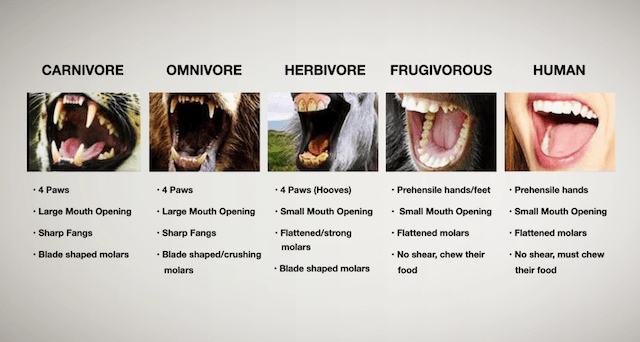
5. When it comes to our pets’ declining health, grains are a huge culprit.
Dr. Barbara Royal points out that the overuse of processed grains like corn and wheat are a cheap way for companies to add “bulk” to their foods, but provide little nutrition for our four-legged friends. The consumption of these low-quality grains, she believes, is the cause for the widespread obesity, diabetes, arthritis, autoimmune disorders, and allergies that afflict our pets.
6. Kibble was an invention of the pet food industry during World War II, and it has led to some serious consequences.
During the war, there were rations on meat and tin. Up until then, packaged pet food was in cans, meaning it had a higher moisture content similar to their species-specific diets (in other words, fresh meat that they killed). But when meat became limited and tin reserved for ammunition, the pet food industry knew they had to formulate a convenient type of pet food that they could package in a bag – dry kibble. Now that this dry food is the norm, pets live in a state of chronic mild dehydration, and rates of kidney disease, organ failure, and diabetes have skyrocketed among pets.
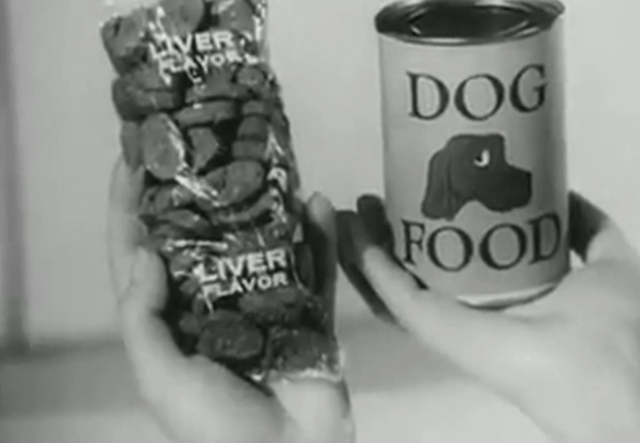
7. The dietary advice from your vet may be influenced by the major pet food companies.
In the film, Dr. Karen Becker points out that the major pet food brands have a large part in funding vet students, therefore influencing their education. She and Dr. Royal point out that there’s a huge lack of education surrounding raw diets, and they’re taught to promote the big-name brands in the industry. What’s more, the doctors say that many modern vets have learned to discourage raw diets because of potential pathogens and bacteria. But in reality, our pets’ systems are designed to digest this material, in part with a high stomach acidity pH of 1. After all, Dr. Becker points out, dogs eat poop and lick their butts on a regular basis – behaviors that could kill a human. While any food brand is susceptible to being recalled (humans make mistakes, after all) raw food companies tend to make smaller batches, and make them with more care.
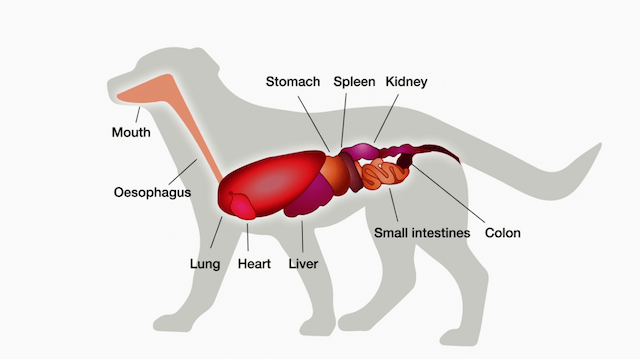
8. The people that set the standards for pet food have more to gain from profits than your pet’s health.
AAFCO – or the Association of American Feed Control Officials – is the organization that sets all the standards for pet food, including nutrient ratios, ingredient allowances, and the terminology that’s allowed on packaging. While this group works with the FDA, it is not government regulated. AAFCO also doesn’t approve products for safety, that’s where the FDA comes in.
AAFCO holds a yearly conference to update pet food standards, and according to Pet Fooled, representatives from major pet food companies attend the meetings so they, too, can weigh in. The danger is that these companies can define terminology and slip through loopholes in order to benefit their profits.
9. The terminology on pet food packaging is NOT what you think.
As mentioned above, AAFCO is responsible for defining terminology on packaging. For instance, your dog’s beef “dinner,” “nuggets,” or “formula” only have to contain 25% meat. If your cat’s food is labeled as “chicken with salmon,” the word “with” may only represent 3% meat. And the label “flavor” is the worst – “flavored” foods don’t have to contain any real meat at all. What’s more, foods with added colors are made to appeal to humans – your pets can’t even see the different hues when the food is dyed.
You also may have looked for protein percentages on your pet’s food. While this is a good place to start, that protein may not be meat. It could have been derived from wheat flour or gluten that’s been fortified with protein.
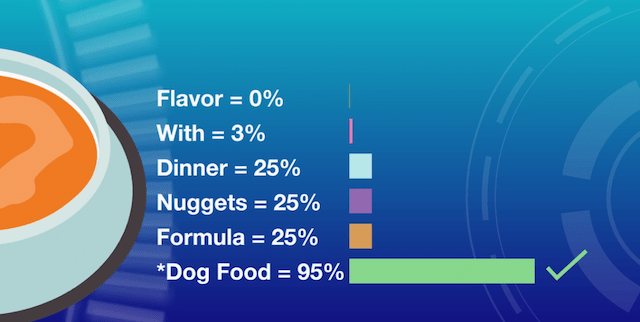
10. By-products are the result of processed animal carcasses from unknown sources.
Meat by-products and meals are commonly found in pet foods. They’re the result of what’s leftover when animal carcasses – feathers, hooves, teeth, and all – are boiled down and processed into a powder. But the most disturbing part is where the corpses could have come from: leftovers from slaughtered farm animals, road kill, diseased animals, and euthanized animals are all examples of what’s being rendered.
According to the National Renderer’s Association, putting the recycled carcasses in pet food is necessary because… well.. where else would they dispose of them?
So, now what?
In the documentary, Doctors Becker and Royal are strong advocates for feeding pets raw diets, food that is very similar to what they’d consume in the wild. If you’re used to feeding your dogs and cats kibble, as most pet parents are, the thought of switching to a raw diet can seem like a huge, expensive, undertaking. But don’t worry, there’s help out there!
If you want to make the switch but you aren’t sure you can commit, even just supplementing your pet’s diet with fresh foods can give them a big boost in heath. (Also, when transitioning your pet to a different diet, you should begin by introducing the new food a little at a time.)
A good place to start is Dr. Karen Becker’s video, The Best and Worst Foods to Feed Your Pet:
For more information about raw food diets for pets, check out these YouTube videos by Dr. Becker. Another great resource is Truthaboutpetfood.com, founded by a pet parent and advocate who made it her mission to uncover the secrets of this industry.
You know your pet better than anyone, and there’s no “one size fits all diet.” It’s up to you, as their guardian, to do your research, be diligent, and decide what works best for your companion and lifestyle.
You can watch the entire Pet Fooled film on Netflix to get all the nitty gritty details that documentary uncovers. You can also rent it on YouTube for $3.99.
 Toledo, United States.
Toledo, United States.